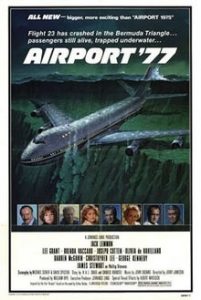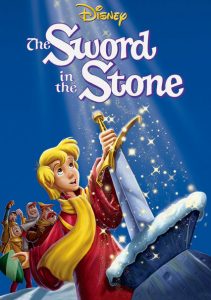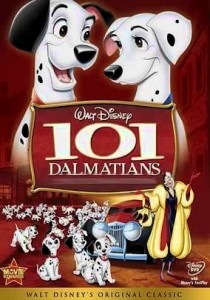Airport ’77-1977
Director Jerry Jameson
Starring Jack Lemmon, James Stewart, Olivia de Havilland
Scott’s Review #1,072
Reviewed October 20, 2020
Grade: B+
The word that springs to mind following a viewing of the disaster flick Airport ’77 (1977) is entertaining. Whether this is positive or negative depends on the viewer and what that viewer wants out of a film.
As a huge fan of the disaster genre, I was one satisfied customer though there is little to distinguish the film from other efforts. It is a more cohesive and professional-feeling effort than its predecessor, Airport ’75.
The fun is watching the cast, the grandiose list of who’s who of Hollywood heavyweights gracing the opening credits.
We wonder who will survive and who will not.
The star is the airplane. Showcased by way of both interiors and exteriors, the luxurious privately-owned Boeing 747-100 is a great highlight of the picture.
Owned by wealthy philanthropist Philip Stevens (James Stewart), the plane is packed with VIPs and priceless art traveling to his Florida estate for a party.
The wealthy travelers are drugged, and the aircraft is subsequently hijacked before crashing into the ocean in the Bermuda Triangle and sinking 100 feet, prompting the survivors to undertake a desperate struggle to live.
The airplane set is a feast for the eyes. A double-deck plane (naturally!) the plush green carpets and the spiral staircase complete with a robust bar stocked with every type of liquor imaginable are wonderful trimming.
It allows the viewer to forget all about the typical in-flight treats like their seat being kicked, a screaming baby, or a fat man snoring, and escape to the pleasures of champagne, caviar, and slippers.
Seriously, the sets are tremendous and worthy of their accolades.
Jerry Jameson, primarily a television director, sticks to a formulaic approach that makes the film look like a long television series. Think Murder, She Wrote, Dallas, or Dynasty at 30,000 feet.
I say this because the melodrama is sky-high (no pun intended) and situations arise between flight crew and passengers to create more tension than the crash itself.
The juiciest drama exists between husband and wife Martin (Christopher Lee) and Karen Wallace (Lee Grant). He flirts with women at the bar, drinks too much, and gets jealous. They squabble. You get the idea.
What a joy it is to see some of the stars on-screen together, specifically Stewart, Olivia de Havilland, and Joseph Cotten. As Nicholas, Cotten is a romantic match for de Havilland’s Emily Livingston, and they appear to be old friends.
Fans of classic cinema will undoubtedly associate him with Shadow of a Doubt (1943) and her with Gone with the Wind (1939) and to see the legendary stars side by side is darling, nearly worth the price of admission.
Stewart is perfectly cast as the rich and distinguished man eager to see the impending arrival of his estranged daughter and her son, hopeful of a happy reunion.
These delights are why I love this genre.
The actors teeter back and forth between phoning in their lines and enthusiastically having a ball with their respective roles. Sometimes it’s hard to tell which is which. I’ll bet the set was tension-free as everyone was earning a bundle of cash.
And why not? The budget is plentiful and filled with overabundance.
The plot is generally ludicrous as is to be expected. The thought that anyone, let alone nearly everyone, could survive a crash into the ocean and remain unscathed as it sinks to the depths of the water is beyond silly.
Suddenly, when all passengers conveniently emerge from their drug-induced stupor simultaneously, hysterics erupt which is quite humorous. As the water slowly begins to seep into the plane a frenzied effort to find a way out commences.
The last portion of the film involving a rescue crew coming to save the passengers is a disappointment, lacking much captivation.
Airport ’77 (1977) has all the elements its target viewer expects it to have. If the well-known cast were instead unknowns the crash peril and its following adventure were not danger personified, and the dramatic and romantic tensions left out, the film would be a disappointment.
The film is like sinking your teeth into a fattening, highly caloric Whopper from your favorite Burger King. It’s a guilty pleasure that you wouldn’t necessarily tell your health-conscious friends you get so much enjoyment from.
But, it’s fun, so why not indulge from time to time?
Oscar Nominations: Best Art Direction, Best Costume Design


